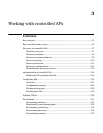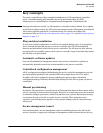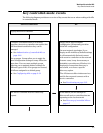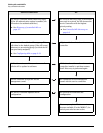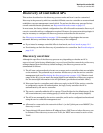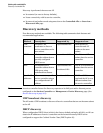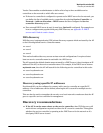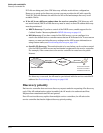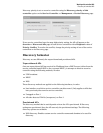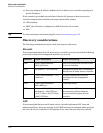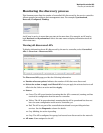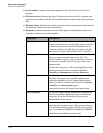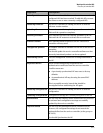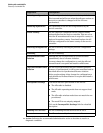
Working with controlled APs
Discovery of controlled APs
Vendor Class enables an administrator to define a list of up to three available service
controllers on the network to which APs can connect.
If the service controller is configured to operate as the DHCP server for the network, you
can define the list of available service controllers by selecting Service Controller >>
Network > Address allocation > DHCP server and then configure the Service
controller discovery option.
If an external DHCP server is used, it must have Option 43 configured. For examples on
how to configure some popular third-party DHCP servers, see Appendix E: DHCP
servers and Colubris vendor classes.
DNS discovery
DNS discovery is attempted using UDP unicast discovery requests which are issued by the AP
to the following default service controller names:
cnsrv1
cnsrv2
cnsrv3
This method enables discovery across various network configurations. It requires that at
least one service controller name is resolvable via a DNS server.
The AP appends the default domain name returned by a DHCP server (when it assigns an IP
address to the AP) to the service controller name. For example, if the DHCP server returns
mydomain.com, then the AP will search for the following service controllers in this order:
cnsrv1.mydomain.com
cnsrv2.mydomain.com
cnsrv3.mydomain.com
Discovery using specific IP addresses
Provisioned APs can be configured to connect with a service controller at a specific IP
address. A list of addresses can be defined, allowing the AP to search for multiple service
controllers.
This can also be used to strengthen the security on a local network to make sure that the AP
goes to a specific service controller for management.
Discovery recommendations
If the AP is on the same subnet as the service controller, then UDP discovery will
work with no configuration required on either the AP or service controller. This applies
whether the service controller is operating as the DHCP server for the network or if a
third-party DHCP server is used.
3-9



